Trailer driver policy
Riverside Boat Club (RBC) expects and requires that all persons who drive and/or navigate the RBC-owned trailer (“Trailer”) read, understand and observe the below-listed policies and practices while driving or operating the Trailer.
Below are the steps, procedures and knowledge required to drive, navigate or otherwise operate the Trailer:
Approval and hands on experience:
- Approval from Trailer Master and Captain to drive, navigate and/or otherwise operate the Trailer.
- Review of trailer safety procedures with one of the RBC designated veteran trailer drivers.
- Multiple trips spent as navigator / observer with an experienced driver.
- Demonstrate ability to drive, back, park and maneuver the Trailer and have knowledge of correct trailer safety procedures both on and off the road.
- Drivers are encouraged to take part in a US Rowing sponsored trailer safety course.
- Valid driver’s license.
- Cooperative and positive attitude.
- Respect for all people, equipment, truck and destination venues.
- Common sense.
Sign-out procedures:
- Agree to the terms of this Trailer Driver Policy.
- For each trip, you must sign the Trailer Driver Waiver, agreeing that you have read, understood and will observe the Trailer Driver Policy.
- Sign out and be responsible for the trailer driver safety kit.
- Work with Trailer Master to ensure that owners and users of all boats that are not owned by RBC have filled out and signed a Trailer Waiver.
Trailer hook-up and parking:
- The RBC Trailer driver must work with the Trailer master to ensure that the RBC Trailer is safely loaded and balanced.
- 2 straps required for the end of boats closest to the truck.
- Use rubber hose to protect the straps from the edges of any Resolutes.
- Driver must be able to safely and independently hook and unhook all necessary parts to secure truck to RBC Trailer, including: wheel chocks, hitch/ball + adapters, load leveling bars, sway bars, chains, light cord, electric brakes, emergency brakes, etc.
- Trailer driver must ensure the safety flags are secured to all boats located at the rear of the Trailer prior to departure.
Arrival at your destination:
- Wheel blocks/chocks must be put in place once the Trailer and truck have reached their destination and before Trailer is unhooked from the truck. If you do not have wheel blocks or chocks, do not unhook from truck.
- Keep the jack as low as possible when parked to minimize possible bending of the jack and to ensure proper overall function of the jack.
Safety on road:
- Driver must be well-rested, alert and not be under medication(s) (whether prescription or non-prescription), illicit or illegal drugs or alcohol that would impair his/her driving.
- Observe posted speed regulations and adjust his/her speed as necessary to appropriate conditions, including but not limited to weather, traffic, lighting, etc.
- Driver must adhere to all state and federal safety guidelines, including trailer lighting, boat overhang restrictions, street/highway usage prohibitions, trailer height and length restrictions and required markings, etc.
- Prior planning must be taken before every trip to ensure that you can refuel safely.
- Driver must have appropriate emergency contact information.
- NOTE: Driver must be accompanied by navigator unless approved to drive solo.

